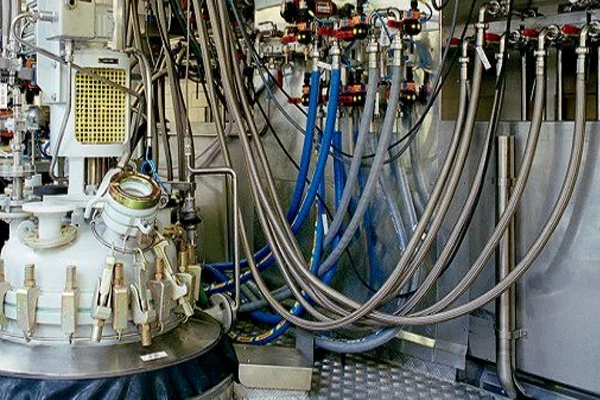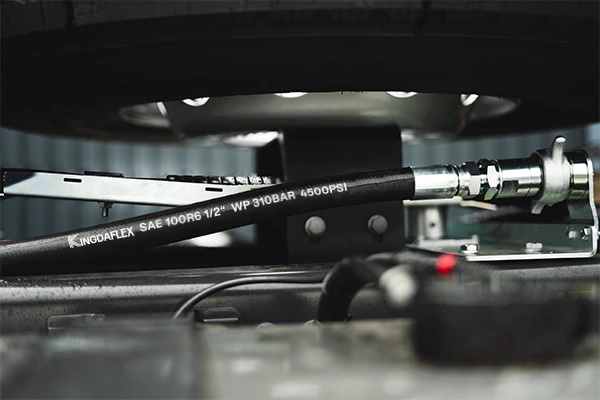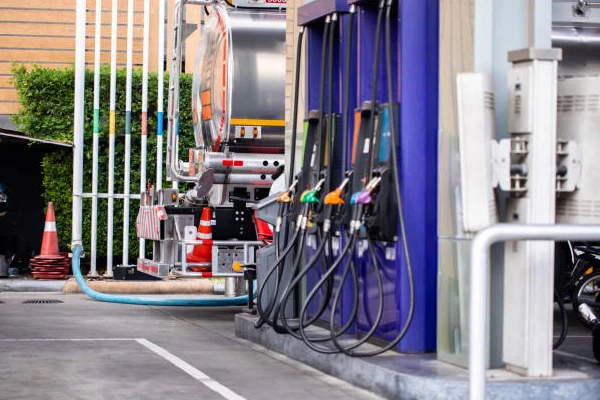Hydraulic Hose Safety Restraints are a critical, yet often overlooked, component in preventing catastrophic failures and costly downtime. In high-pressure hydraulic systems, a sudden hose rupture can lead to explosive fluid release and the dangerous “hose whip” phenomenon, posing severe risks to personnel and equipment.
This blog post will delve into the vital role of hydraulic hose safety restraints. We’ll explore how these devices effectively contain flailing hoses, minimize collateral damage, and protect workers from high-energy events. Understanding and implementing proper restraint solutions is paramount for operational continuity and workplace safety.
What are Hydraulic Hose Safety Restraints?
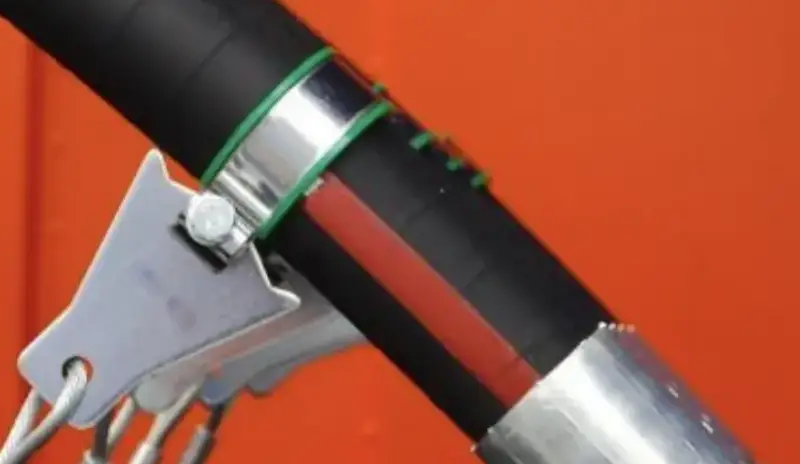
Hydraulic hose safety restraints are essential safety devices designed to prevent the violent and uncontrolled whipping of a high-pressure hydraulic hose in the event of a sudden rupture or detachment from its fitting.
When a pressurized hose fails, the rapid release of fluid can cause the hose to flail dangerously, potentially leading to severe injuries to personnel, significant damage to nearby equipment, and extensive downtime. These hydraulic hose restraints, typically comprising a hose collar and a cable assembly, securely anchor the hose to the machinery, limiting its movement and containing the hazardous energy released during a failure, thereby greatly enhancing workplace safety.
What are Hydraulic Hose Safety Restraints Used for?
Hydraulic hose safety restraints are crucial safety devices employed in hydraulic systems to prevent dangerous “hydraulic hose whip” in the event of a hose failure. When a high-pressure hose ruptures or detaches, the sudden release of fluid can cause it to flail violently, posing severe risks. These restraints are specifically designed to:
- Prevent severe injury: By containing the violent movement of a broken hose, restraints prevent it from striking personnel, causing lacerations, fractures, or even fatal injuries from high-pressure fluid injection.
- Protect expensive equipment: A flailing hose can cause significant damage to nearby machinery, electrical systems, and other critical components, leading to costly repairs and extended downtime. Restraints limit this collateral damage.
- Mitigate fluid release hazards: In addition to physical impact, a hose failure can release hot, toxic, or flammable hydraulic fluid. Restraints help contain the hose, reducing the spread of hazardous materials.
- Maintain operational continuity: By preventing catastrophic failures and minimizing damage, safety restraints help ensure that operations can resume more quickly after an incident, reducing unscheduled downtime and its associated financial losses.
- Ensure compliance with safety regulations: Many industry standards and regulations, such as those from OSHA, emphasize the need for hose restraints in high-pressure applications to protect workers and maintain a safe working environment.
How to Install Hydraulic Hose Safety Restraints?
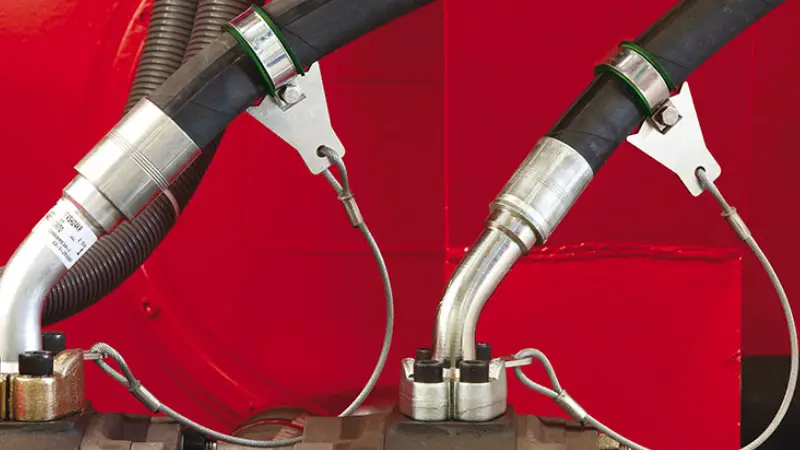
Proper installation of hydraulic hose safety restraints is paramount to their effectiveness in preventing catastrophic failures. Incorrectly installed restraints offer a false sense of security and may not perform as intended when a high-pressure hose ruptures.
Step 1: Select the Correct Restraint Size and Type
Choosing the right safety restraint is critical for ensuring it performs its intended function effectively. The restraint’s size must correspond accurately to the outer diameter of the hydraulic hose to ensure a snug and secure fit that won’t slip under pressure. Different applications may also require specific types of restraints, such as those designed for extreme temperatures or corrosive environments, so consider these factors carefully.
The type of restraint, whether it’s a whip sock, a cable restraint, or another specialized device, should also be appropriate for the specific hydraulic system’s pressure rating and the potential energy involved in a hose failure. Consulting manufacturer specifications and industry standards will help in making an informed decision, ensuring maximum safety and operational integrity.
Step 2: Position the Restraint Correctly on the Hose
Proper positioning of the restraint is crucial for its ability to contain a hose whip effectively. The restraint should be installed as close as possible to the fitting connection points, as this is where hose failures most commonly occur and where the greatest forces are exerted. This close proximity ensures that the restraint can immediately engage and limit the flailing motion.
Ensure the restraint is positioned without kinking or stressing the hose itself. It should be applied in a way that allows for natural hose movement during operation but can still effectively engage if a rupture occurs. Follow the manufacturer’s specific instructions regarding the optimal distance from the fitting for secure and reliable installation.
Step 3: Secure the Restraint to a Fixed Anchor Point
Once properly positioned on the hose, the safety restraint must be securely fastened to a strong, fixed anchor point on the machinery or structure. This anchor point must be robust enough to withstand the immense forces generated by a whipping hose during a failure event. Weak or improperly chosen anchor points can fail, rendering the restraint useless.
Common anchor points include structural members, heavy-duty frames, or designated anchoring lugs on the equipment. Utilize high-strength fasteners and ensure connections are tight and reliable. Regularly inspect these anchor points for any signs of wear, corrosion, or fatigue, as their integrity is vital for the overall effectiveness of the safety restraint system.
Step 4: Verify Installation and Conduct Regular Inspections
After installation, always verify that the hydraulic hose safety restraint is properly fitted, securely anchored, and free from any kinks or twists. A thorough visual inspection should confirm that the restraint appears correctly installed according to the manufacturer’s guidelines and will not interfere with the normal operation of the hydraulic system.
Regular ongoing inspections are equally important. Establish a routine maintenance schedule to check the condition of the restraints, hoses, and anchor points. Look for signs of wear, damage, corrosion, or loosening connections, and replace any compromised components immediately. Proactive inspection ensures the restraints remain effective over time.
When to Use Hydraulic Hose Safety Restraints
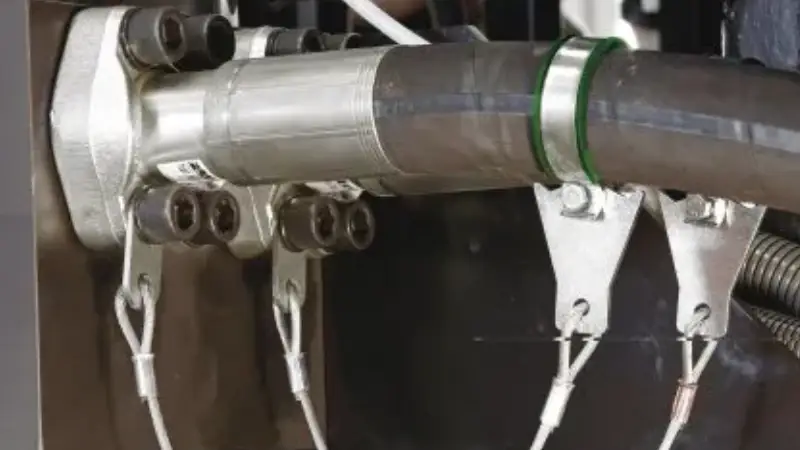
Hydraulic hose safety restraints should be utilized in any application where a sudden hose failure could pose a risk of injury to personnel or damage to equipment. This typically includes systems operating under high pressure, handling hazardous fluids, or where human operators are in close proximity to the hoses. Proactive installation of these restraints is a key safety measure for:
- High-pressure applications: Any hydraulic system operating at significant pressures (generally above 100 PSI, though specific regulations may vary) where a hose rupture could result in violent flailing.
- Presence of personnel: When hoses are routed in areas where workers are regularly present, either operating machinery or performing maintenance tasks.
- Proximity to critical equipment: If a flailing hose could strike and damage other vital machinery, electrical components, or control systems.
- Hazardous fluids: Systems containing hot, corrosive, flammable, or toxic hydraulic fluids, where a leak or burst could lead to chemical exposure or fire.
- Mobile equipment: On construction, agricultural, mining, or industrial vehicles where hydraulic hoses are exposed to dynamic forces and potential impact.
- Compliance requirements: To meet OSHA regulations, industry standards, and internal safety policies that mandate the use of hose restraints for specific applications.
Conclusion
Implementing robust Hydraulic Hose Safety Restraints is a strategic investment in both safety and productivity. By effectively mitigating the risks of hose whip and containing potential failures, these restraints protect your most valuable assets: your workforce and your operational continuity. Prioritizing their use is a clear demonstration of commitment to a secure and efficient working environment.
The proper selection and installation of hydraulic hose safety restraints are as crucial as the quality of the hoses themselves. They act as a critical last line of defense, preventing minor incidents from escalating into major disasters. Don’t underestimate their power to safeguard your equipment, prevent injuries, and significantly reduce unscheduled downtime.
For all your hydraulic system needs, including a wide range of high-quality hydraulic hoses and solutions that complement safety restraints, visit Kingdaflex.com. We are committed to providing durable and reliable products that contribute to safer and more efficient operations. Get wholesale hydraulic hoses from Kingdaflex and fortify your system today.


